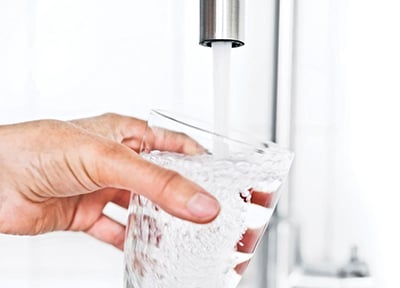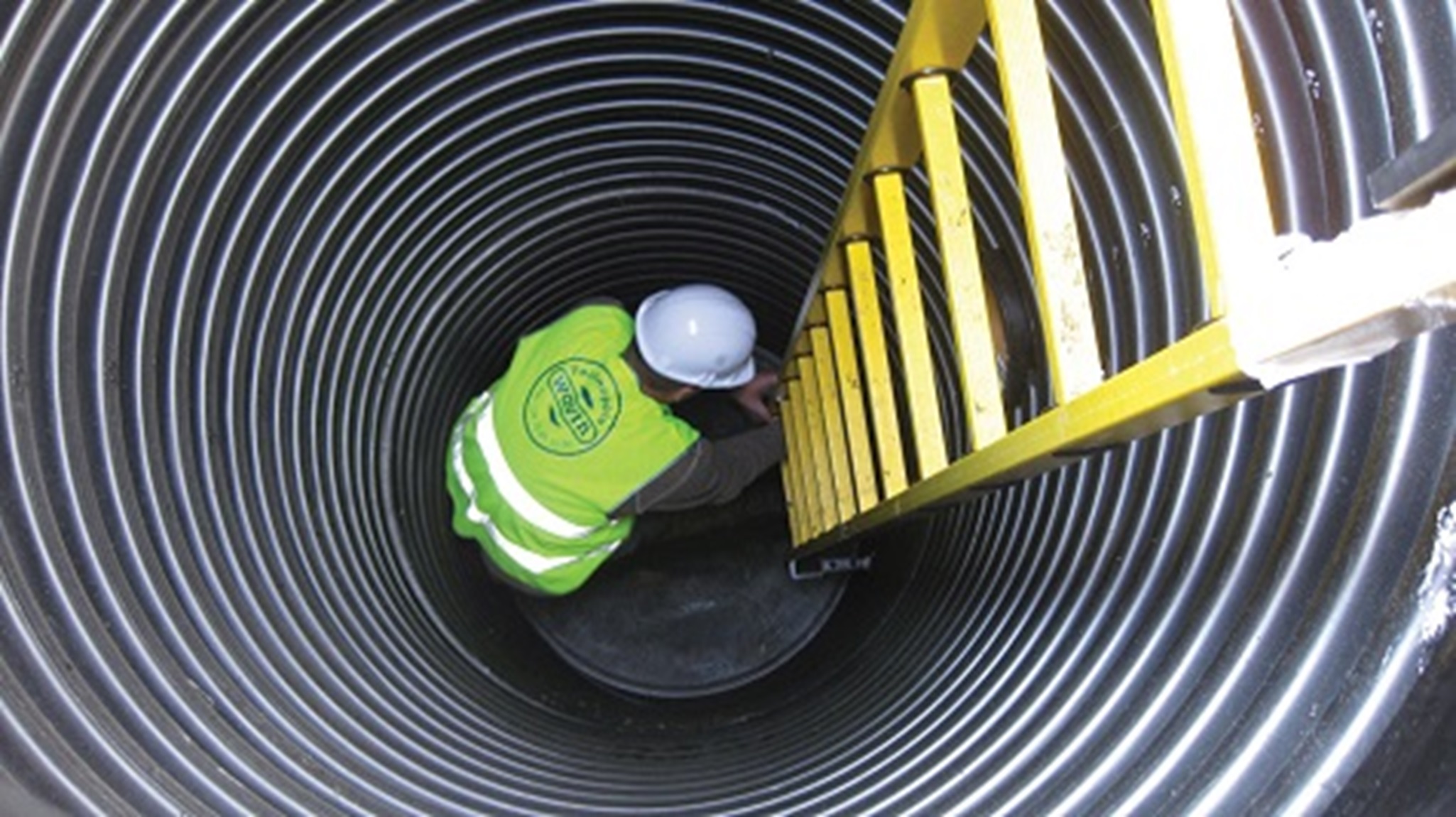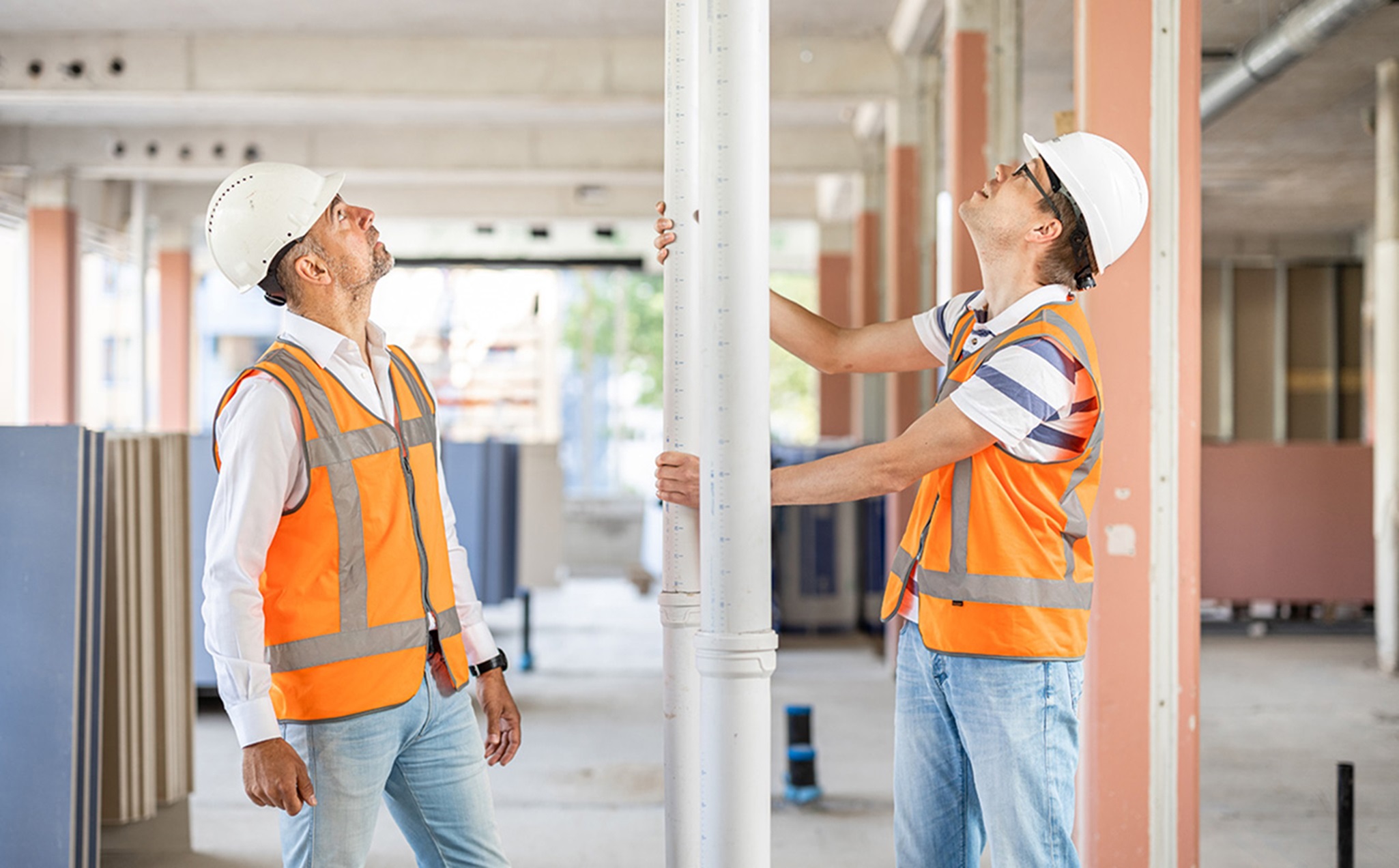Is the end of the radiator near?
Homes, offices, healthcare facilities... in the past most new building were jam-packed with radiators. For decades it was the best heating available. But that has changed! Smart underfloor heating systems are putting the radiator on the backburner… fast.
Underfloor heating is overhauling the more traditional radiator systems.Ludo Martens , product manager at Wavin Netherlands
Double win
Ludo talks about a double win: not only the government, but also our wallets are forcing us to pay attention to our energy consumption. And the radiator scores poorly. Although manufacturers are working hard to make the radiator better, it remains an ineffective heating system – and an energy drain. First, the water must be heated to 60 to 70 degrees C. And if you also want the other side of the room to get pleasantly warm, you need to invest in a fancy thermostat and those can be quite expensive. With underfloor heating, the entire floor is used as a heat source – distributing the heat much more evenly. Water temperatures of only 30 to 40 degrees are needed. Users can even lower their thermostat by about 2 degrees and to top that all off – the energy bill is on average 20% lower. That’s a win-win.
Pleasant and comfy
As we just mentioned, by using the entire floor area, heat is spread more evenly with underfloor heating. Not only will your feet notice the difference, but underfloor heating will provide comfortable, pleasant warmth throughout the whole room. This is totally different from radiator heating – where it's nice and warm near the radiators, but you get goosebumps when you're at the other side of the room. A radiator takes its air from cold floor, which is why you'll often hear the complaint of cold feet. And since warm air rises, it's hot near the ceiling. Are you prone to allergies? Then radiator heating is not your best choice. The air circulation makes allergies, like dust, much worse. Additionally, radiators make the air too dry. But all these issues become a thing of the past with underfloor heating.

Appearances matter
Even though designer radiators can be quite pretty, they always take up space. Where the radiator is positioned, there's no place for anything else. By contrast, underfloor heating keeps your floor free, providing you more options when decorating your room.
Hassle-free
Remember those days of rattling and gurgling? The radiators that grunted and mumbled when they needed to be vented or refilled? That’s right, nobody's favorite job. Yet, you had to do it a couple times a year. A thing of the past with underfloor heating! That’s because the system is installed under the floor surface, which also makes it way less vulnerable. The only minor downside is in the rare event of a defect, the repair is slightly more difficult. Key words: rare event.
Cooling
Have you ever seen a radiator that can cool the room? No, we haven't either. Underfloor heating that both cools and warms – now that’s a feat! Modern underfloor heating systems not only make radiators obsolete, but airconditiong units and vents as well. These two-in-one H&C solutions are now being used most often in hotels and office buildings.
And now new housing projects are also being equipped with these smart systems – providing comfortable temperatures throughout the year. Cozy and warm in the winter; pleasantly cool in the summer.
So, is the end of the radiator really in sight? I don't want to put it that strongly. There are still a number of specific scenarios where the radiator makes more sense than underfloor heating:
- If floor space is limited
- If the space doesn't need to be heated continuously (i.e. bedroom, bathroom or office)
- With alterations and renovations in buildings where radiators are the starting point
- If the floor doesn't allow ample height for floor heating
- If planning is not your thing

In a nutshell
Underfloor heating only works efficiently when you use it efficiently. With a radiator, you can crank up the thermostat quickly; with underfloor heating, you don't have that option. It always takes several hours for the temperature to go up or down a few degrees. It’s just a matter of getting used to and planning ahead – even when you're not at home.

One final word
Is the initial installation cost of underfloor heating higher than for radiators? Yes. And that may be the reason you decide to choose radiator heating. But remember these sage words: “The wise man looks ahead.” (Proverbs 14:8-10). And what will he see? In the long term, his energy bills will be substantially lower with underfloor heating, which will ultimately cancel out the short term cost of installation. Another win-win.










